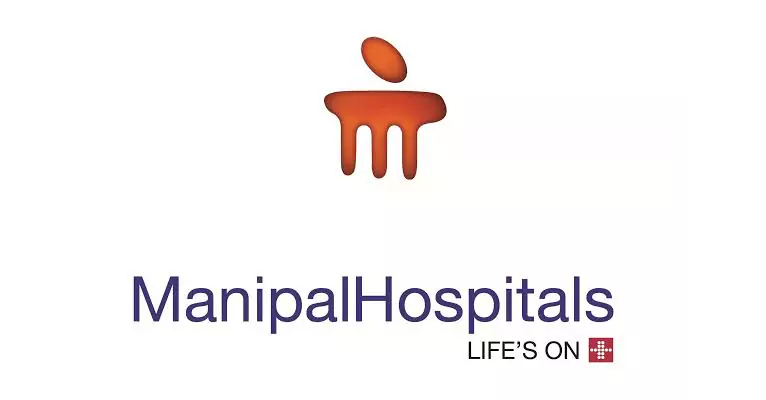A 50-year-old lady had been admitted to Emergency Room with sudden onset of weakness in her left hand and leg, she was disoriented and unable to speak, her half of the face was baggy.
Previous evening, she was enjoying sunset and just took massage from an unprofessional person where he twisted the neck little briskly which paralysed her left body in few hours. Immediately her brain imaging with angiography was done wwich showed a very big stroke on right side of her brain and a clot stuck up in the artery (right Middle cerebral artery thrombus) which was supplying her majority of right brain with a torn artery in the neck (internal carotid artery dissection).
She was taken for a procedure (mechanical thrombectomy) to remove the visible clot but still her weakness couldn’t improve
and her brain developed swelling (cerebral edema) which started
pressing on opposite side (mass effect) and brain stem in spite of treatment. She underwent de-compressive craniotomy surgery, where flap of the skull bone was removed to relieve the pressure due to swollen brain. Gradually she was taken out of the ventilator and ICU. Her medicines were modified, good physiotherapy and nursing care was given. She recovered well, now after 20 days, she is able to talk, communicate, smile, eat by herself with right hand, sit on chair with support with improving power in left hand and leg.
What is Arterial dissection?
Dissection is a tear in the inner layer of an artery (supply pure blood), which supplies blood to the brain. The tear lead to bulge in the wall, clot formation, slow flow which stops the blood flow to the area of brain and leads to brain injury (stroke).
Symptoms include sudden moderate headache, neck pain, drooping of eyelid, loss of vision, unsteadiness while walking, weakness of hand and leg muscles, loss of speech.
What can cause it?
A neck injury, such as hyperextension of the neck, chiropractic manipulation, or attempted strangulation can cause dissection.
Carotid dissection is more common in younger adults than older adults, and is slightly more common in men than in women. It can also be seen in hereditary connective tissue disorders, such as Marfan syndrome, Ehlers-Danlos syndrome, and autosomal dominant polycystic kidney disease.
Also vertebral artery dissection is also a common entity due to same reason which usually causes stroke in posterior aspect of brain leading to unsteadiness, loss of vision and paralysis of limb
movements or swallowing muscles.
How do we manage a stroke?
Neck artery dissection cases have to be managed as cases of acute stroke. Treatment option include thrombolysis if patient has reached hospital in window period of 4.5 hours, neuro intervention, stent placement, anti-platelets, anti-coagulation and haemodynamic stability.
In case of large strokes, chances of haemorrhagic conversion and swelling of brain leading to mass effect on other side is common. Timely intervention and craniotomy will reduce the mortality with good recovery at end of 3 months with proper care and neuro rehabilitation.
Suspected cases need to be shifted as earty as possible to nearest stroke centre. Always remember symptoms of stroke with BE FAST pneumonic. Sudden loss of Balance, Eye sight loss, Face drooping, Arm weakness, Speech problem – report to nearest Stroke centre on time.




